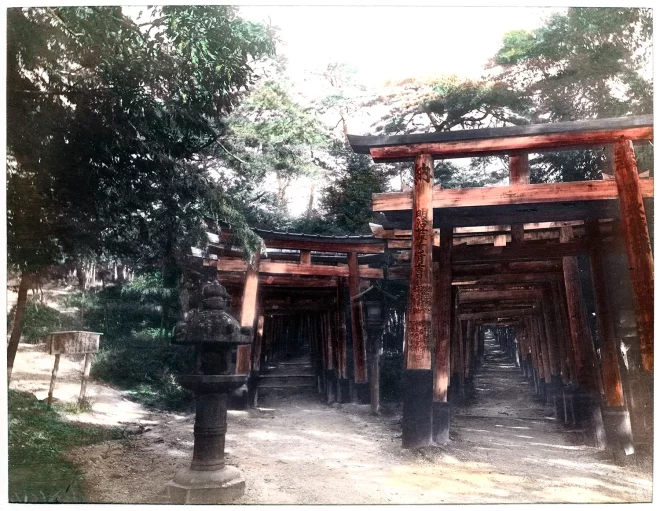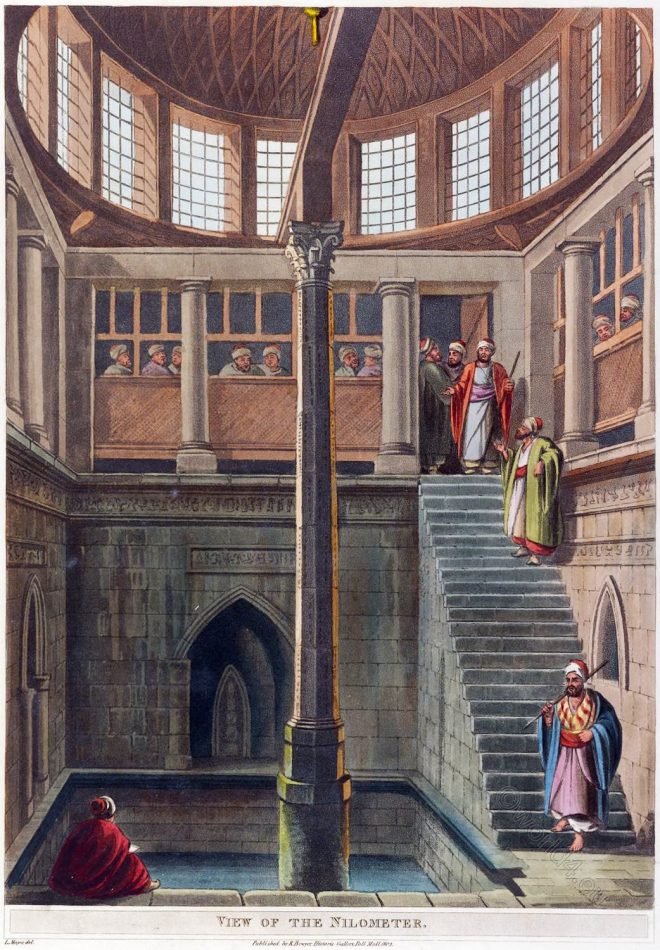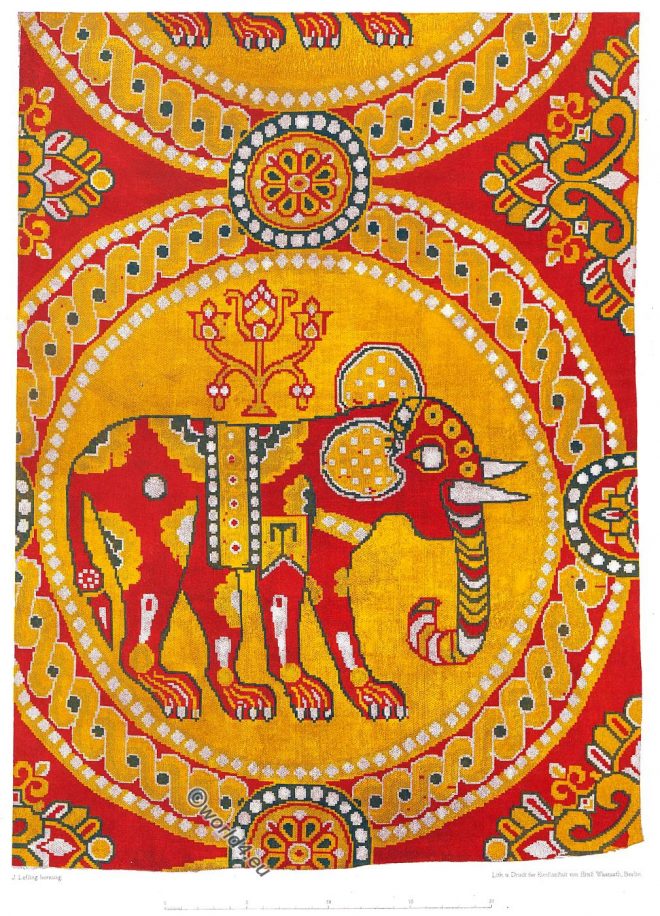The Fushimi Inari-Taisha is a Shintō shrine in the Fushimi district of Kyōto city.
Category: 8th Century
Anglo-Saxon King his armour-Bearer equipped for battle.
Anglo-Saxon King his armour-Bearer equipped for battle. Anno 750
Anglo-Saxon women. Anno 750.
The Anglo-Saxon women were habited with simplicity, convenience, and elegance.
Saint John and the hymn writers of Mar Saba.
Early monastic life. Mar Saba, center of earlier Greek Hymns. John of Damascus, Cosmas of Maiuma, Stephen the Sabaean
The Nilometer on the Isle of Rhoda, Cairo, rebuilt in 861.
The Nilometer of Roda is considered the most important Nilometer from Islamic times, it was rebuilt by the Abbasid Caliph al-Mutawakkil.
Celtic Ornaments of Anglo-Saxon and Irish Manuscripts.
Facsimiles of the Miniatures and Ornaments of Anglo-Saxon and Irish Manuscripts. Polychromatic ornament by Auguste Racinet.
Costumes of the Byzantine Middle Class. 400 A.D. – 1100 A.D.
Byzantine costume was the dress of the world after the fall of Rome.
Byzantine silk fabric with elephants from the 8th to 10th century.
Silk fabric. Background red pattern opposite. Large circles with elephants. The pattern is a Byzantine redesign of an originally Sassanid pattern.
Byzantium. Costumes of the Eastern Roman emperor and empress.
History of Costume. Byzantium. 400 – 1100 AD. Costumes of the Eastern Roman emperor and empress.
The Byzantine Ornament of Antiquity and the Middle Ages.
The Byzantine style of art. The Romanesque style. Marble mosaic work. Examples of flowing foliage. Ornamental forms of ancient Persepolis. Ornamentation of the Middle Ages.










